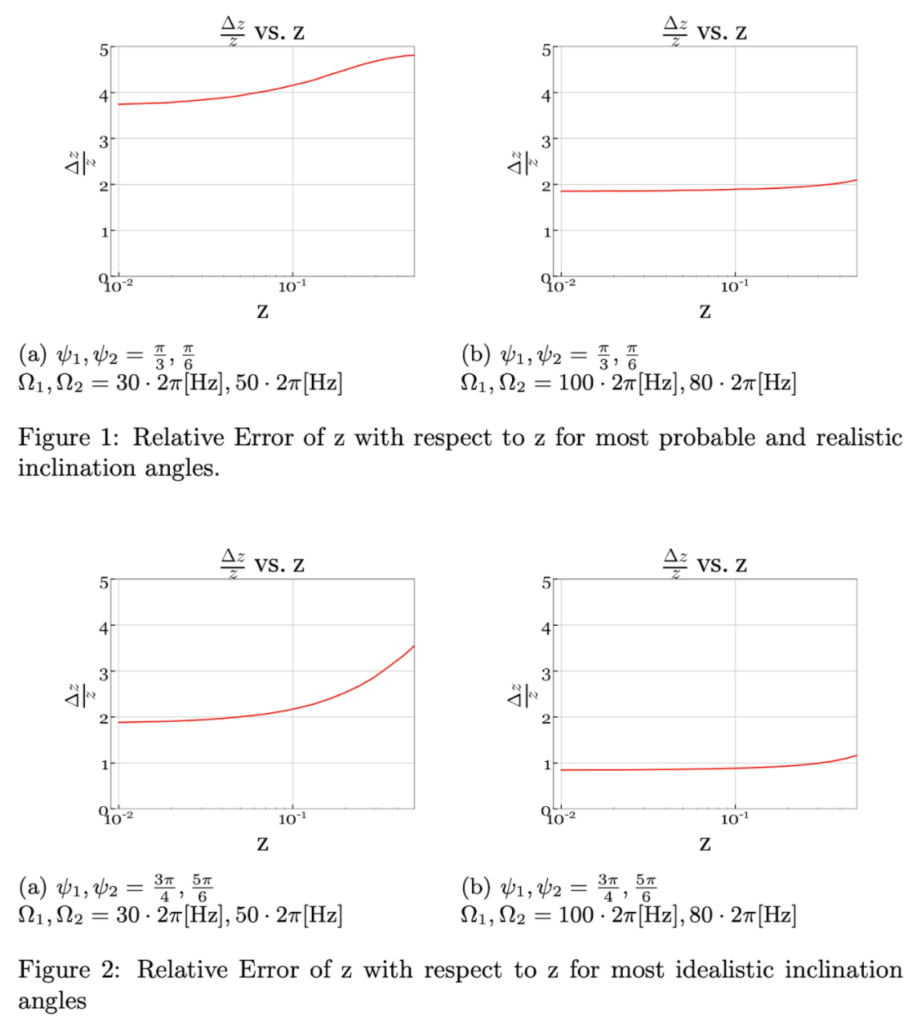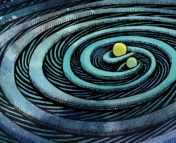
James Sunseri is a 3rd year undergrad at UC Berkeley pursuing a double major in Astrophysics and Physics. This research was done at the LIGO Summer Undergraduate Research Fellowship of 2020. For a video presentation of this project please visit his website (https://sites.google.com/view/jamessunseri).
We know the universe is constantly expanding and that this expansion can be characterized by what is known as the Hubble Constant. The disagreement between the existing methods to measure the Hubble Constant is known as the Hubble Tension. The two major opposing results come from the standard candle and the standard ruler methods. The standard candle method refers to determining distances to distant galaxies via Type Ia Supernovae as a standardizable distance indicator. The standard ruler method makes use of the Baryonic Acoustic Oscillations in the Cosmic Microwave Background Radiation instead to determine the Hubble Constant. The disagreement between these two methods is greatly concerning because the Hubble Constant is important to calculate the age of the universe and understanding why they disagree could teach us new physics.
My research explores a possible option to measure the Hubble Constant in the future with solely gravitational waves that could serve as a backup to a typical Multi-Messenger Astronomy Approach (using both gravitational waves and light to study a single object or event) when the detectors reach sufficient sensitivity. My research uses dynamical tides in inspiraling neutron star binaries to measure the Hubble Constant.
We do this by theoretically dissecting a gravitational wave signal. Any gravitational wave signal can be described as having an amplitude and a phase. The phase of a Binary Neutron Star (BNS) merger signal consists of a linear combination of the phase shift from the orbital dynamics of the binary and the phase shift from the internal tidal modes of the neutron stars. To extract a redshift from the data, one can compare what is known as the spin parameter between the two phase contributions. The spin parameter is not redshifted for the orbital dynamics of the binary but it is for the internal tidal modes; when comparing both terms we can break the degeneracy in the spin parameter and extract a redshift. In order to determine how precisely one could measure the redshift for a given gravitational wave signal, we used the Fisher Matrix Technique.
Overall, we showed in this project that it is possible to use gravitational waves from the inspiral of spinning neutron stars in a binary to measure a redshift and a distance simultaneously which can then be used to determine a measurement of the Hubble Constant without using electromagnetic radiation. As the detectors get substantially better in the coming decades, we will detect many more of these BNS signals that will offer lots of data to help us better understand the Hubble Tension.

Astrobite edited by: Jason Hinkle
Featured Image Credit: ESO




